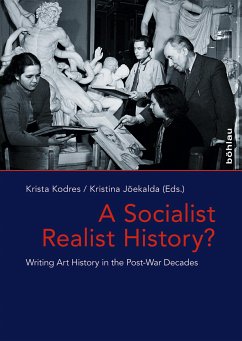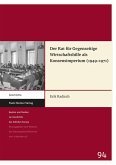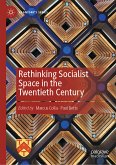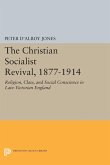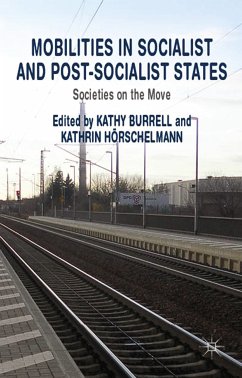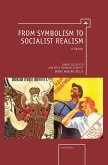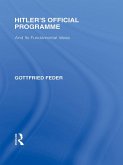How did the Eastern European and Soviet states write their respective histories of art and architecture during 1940s-1960s? The articles address both the Stalinist period and the Khrushchev Thaw, when the Marxist-Leninist discourse on art history was 'invented' and refined. Although this discourse was inevitably 'Sovietized' in a process dictated from Moscow, a variety of distinct interpretations emerged from across the Soviet bloc in the light of local traditions, cultural politics and decisions of individual authors. Even if the new 'official' discourse often left space open for national concerns, it also gave rise to a countermovement in response to the aggressive ideologization of art and the preeminence assigned to (Socialist) Realist aesthetics. Kristina Jõekalda ist wissenschaftliche Mitarbeiterin an der Estnischen Kunstakademie, Tallinn.
Dieser Download kann aus rechtlichen Gründen nur mit Rechnungsadresse in A, B, BG, CY, CZ, D, DK, EW, E, FIN, F, GR, H, IRL, I, LT, L, LR, M, NL, PL, P, R, S, SLO, SK ausgeliefert werden.

